
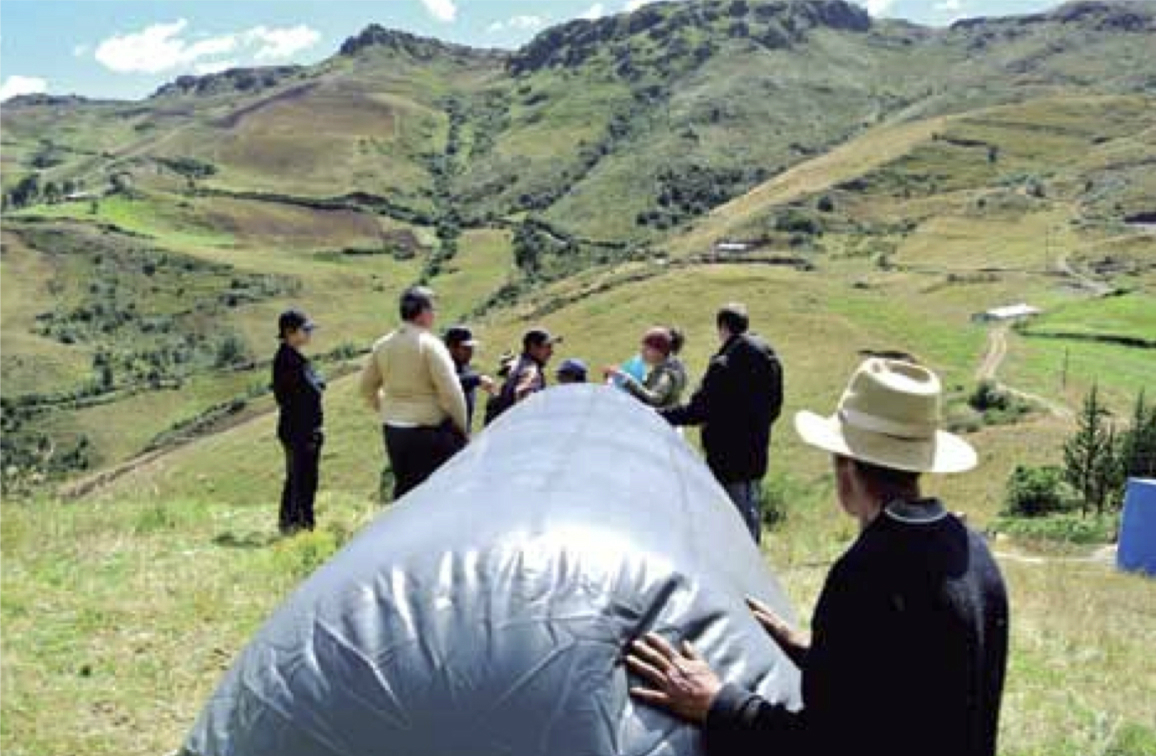 In Peru’s provincial capital of Otuzco, in the department of La Libertad, Peace Corps volunteers in the Water, Sanitation, and Hygiene program are building the capacity of a community to deploy and maintain its own biodigester. This ECPA initiative became a catalyst for other similar projects geared toward technological modernization and the strengthening of environmental education.
In Peru’s provincial capital of Otuzco, in the department of La Libertad, Peace Corps volunteers in the Water, Sanitation, and Hygiene program are building the capacity of a community to deploy and maintain its own biodigester. This ECPA initiative became a catalyst for other similar projects geared toward technological modernization and the strengthening of environmental education.
As a Peace Corps volunteer, Danielle Devuyst trained students at the local institute of higher learning (Instituto de Educación Superior Tecnológico Público) on environmental technologies. The interest of her students in said technologies drove her to join forces with the Institute’s Experimental Production Center—a farm that provides experiential education to complement the classroom curriculum—to develop an ECPA initiative focused on biomass and solar energy. “I am really pleased with the success of this project,” said Devuyst, adding that “it is all due to my great counterparts and students, who participated in the installation and educational sessions of the biodigester.” After visiting the Experimental Production Center, Devuyst realized that a biodigester would yield considerable benefits given the high supply of livestock manure, coupled with the demand for cooking gas and organic fertilizers. This technology would reduce surface water contamination and dependence on external resources, including costly chemical fertilizers and cooking gas. “The work was difficult; we had to dig a large ditch in the very hard sierra soil, and my students and counterparts rose to the challenge without complaint,” said Devuyst.
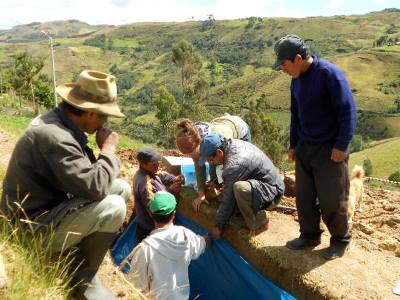
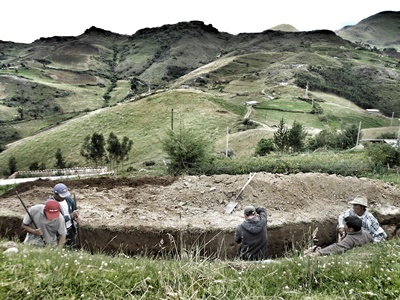
Bovine and swine manure collection and use in a biodigester reduces surface water contamination. The use of the methane gas for cooking helps curb logging for firewood, which in turn increases topsoil stability and reduces carbon dioxide emissions. The biodigester produces a large quantity of biol, which is used as an organic fertilizer. Using biol as a fertilizer is safer for the environment and human health. For its construction, the ECPA initiative and community partners purchased an 8.5 square meters geomembrane tube. The Institute contributed the necessary labor, adobe mud bricks, and other locally available materials. Several students provided the labor as a requirement for graduation. The ECPA initiative did not focus only on the installation. In addition to training the participants on the function, operation, and maintenance of the biodigester, the Peace Corps also provided training on climate change adaptation and mitigation strategies.
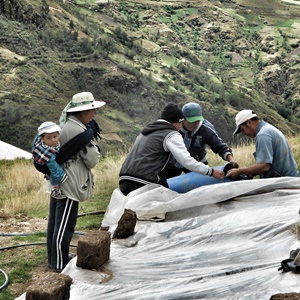
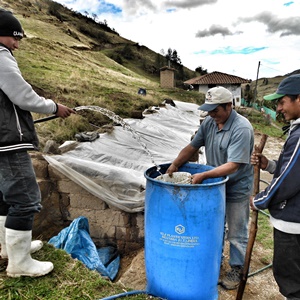
In order to incorporate business and marketing strategies, the Institute decided to grow vegetables in a hydroponic system using a solar-powered water pump. The system includes a 75 watt solar panel and a 2.5-amper water pump. Funds from the ECPA grant purchased the solar panel and some of the PVC tubes, pumps, and lumber, while the Institute is contributing all of the manual labor and locally-available materials, an indispensable contribution of the community. The vegetables are sold locally, and are promoted as hydroponic and organic products. These marketing techniques teach the community about water conservation and important climate change adaptation strategies. The biodigester project also provides an educational component strengthened by real life experiences and the volunteers have been able to expand on previous lessons about alternative energy technologies with a focus on solar photovoltaic energy. The use of solar panels is a widely accepted climate change mitigation strategy as it decreases carbon emissions.

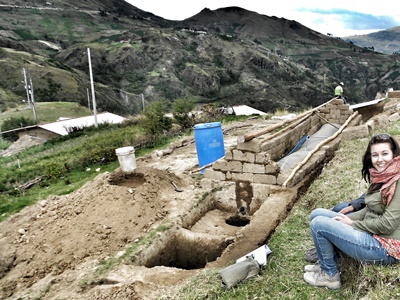
In order to make this project a sustainable closed-loop production system, the students will experiment with the use of biol from the biodigester to nourish the hydroponic plants, instead of purchasing nutrients—as is the practice in most hydroponic projects—thereby connecting the two existing ECPA initiatives.
 View Map
View Map